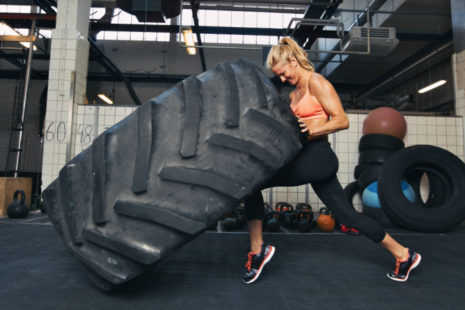Soccer players follow rigorous exercise routines designed to improve various aspects of their fitness and performance. These routines are meticulously crafted to build strength, endurance, agility, and technical skills, ensuring players can withstand the physical demands of the game and excel in their roles.
Here’s a breakdown of typical exercises and training activities soccer players engage in
Cardiovascular Training
- Endurance Runs – To build stamina, soccer players often engage in long-distance runs. These are usually done at a moderate pace to improve aerobic capacity.
- High-Intensity Interval Training (HIIT) – HIIT sessions involve short bursts of intense activity followed by brief recovery periods. This type of training mimics the stop-and-start nature of soccer and improves both aerobic and anaerobic fitness.
Strength and Conditioning
- Weight Training – Soccer players incorporate weight training to build muscle strength, focusing on leg strength as well as core stability. Exercises often include squats, lunges, deadlifts, and bench presses.
- Plyometrics – These exercises aim to increase power and speed. Box jumps, plyometric push-ups and lateral bounds are common plyometric exercises that enhance explosiveness, which is vital for sprinting and jumping.
Agility and Flexibility
- Agility Drills – To improve quick changes of direction, soccer players perform agility drills using cones, ladders, and hurdles. These drills enhance footwork and speed, crucial for maneuvering around opponents.
- Stretching and Yoga – Flexibility is vital for preventing injuries and maintaining a full range of motion. Soccer players often incorporate dynamic stretching in their warm-ups and static stretching or yoga in their cool-down routines.
Technical Skills Development
- Ball Work – Individual and team drills focusing on ball control, dribbling, passing, and shooting are central to every soccer player’s routine. Mastering ball-handling skills is fundamental to the game.
- Tactical Training – Understanding game strategy and improving positional play are achieved through tactical drills and watching game footage. Players work on formation positioning, defensive tactics, and attacking strategies.
Recovery and Nutrition
- Recovery – Adequate rest, including active recovery days and proper sleep, is crucial for muscle repair and overall well-being. Players also use techniques like foam rolling, massage, and cold water immersion to aid recovery.
- Nutrition – A balanced diet rich in carbohydrates, proteins, and fats, along with proper hydration, supports intense training and recovery. Nutrition plans are often tailored to individual needs and activity levels.
The exercise routines of soccer players are diverse and comprehensive, designed to enhance every aspect of their physical and technical performance. By focusing on cardiovascular fitness, strength, agility, technical skills, and recovery, players prepare themselves to meet the high demands of competitive soccer. These routines are not just about maintaining fitness; they’re about optimizing performance, preventing injuries, and ensuring players can contribute their best to the team’s efforts on the field.




